Portugal: Hiding an excellent collection of old-world cities, sunny beaches, paradise islands, forested hills, and incredible castles, this is a country that continues to surprise and delight at every turn. Discover Portugal’s best.
The most epic adventures are waiting
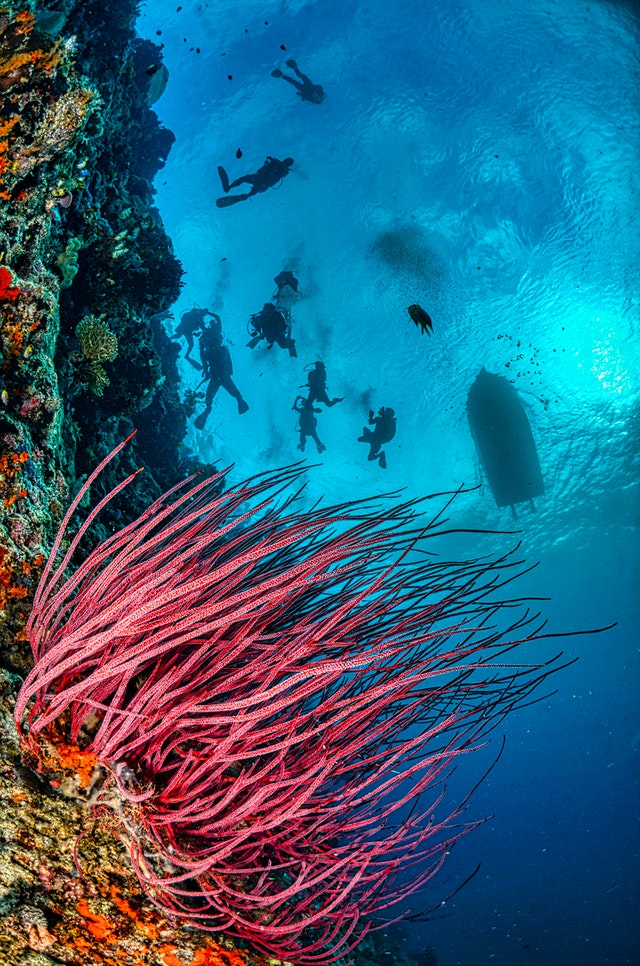
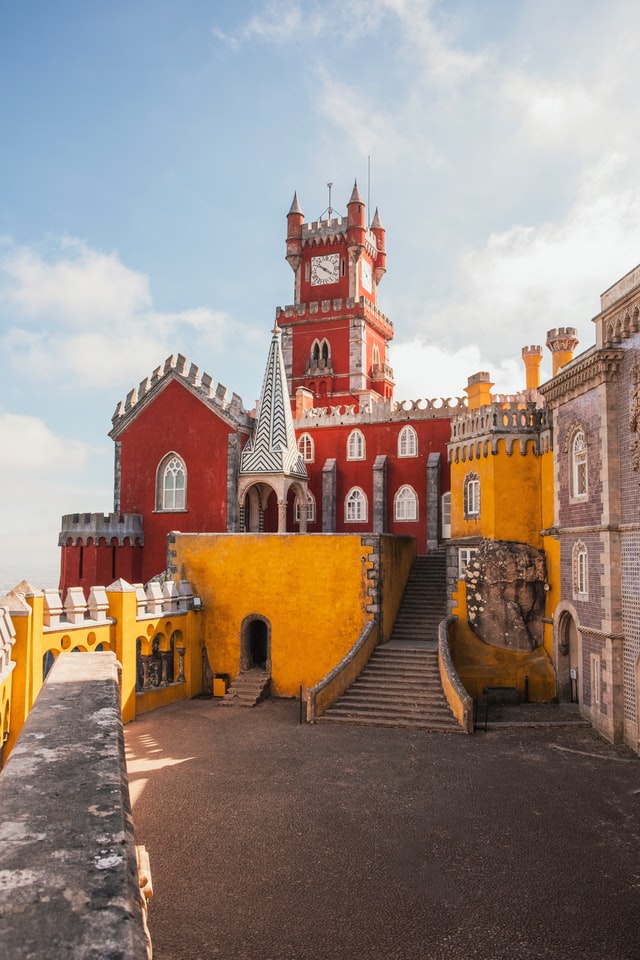
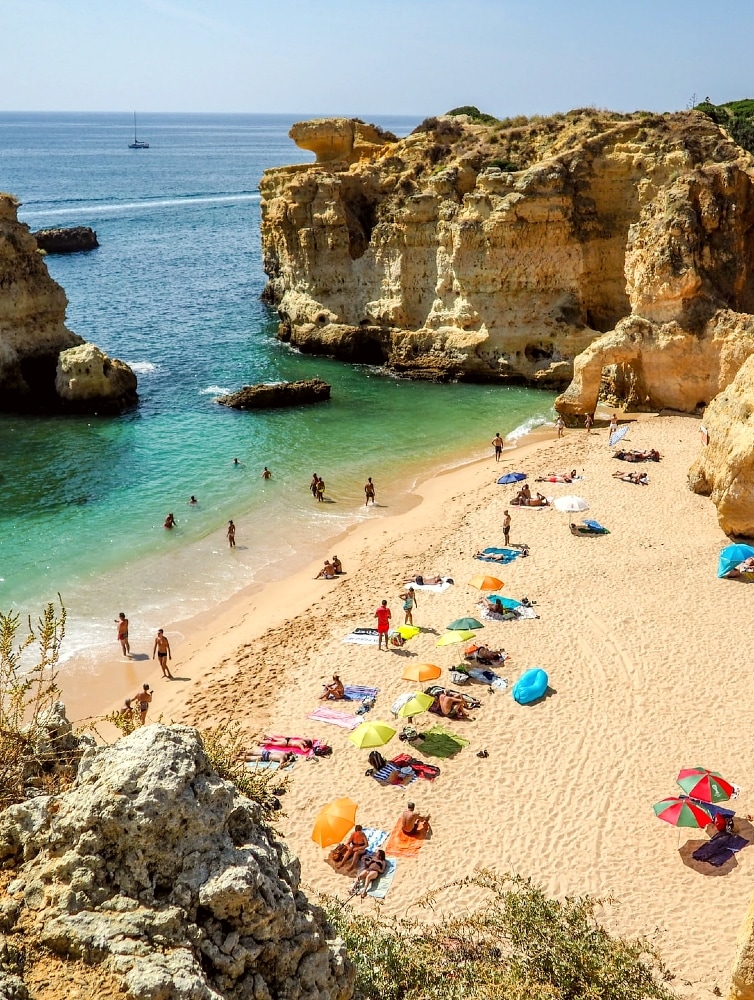
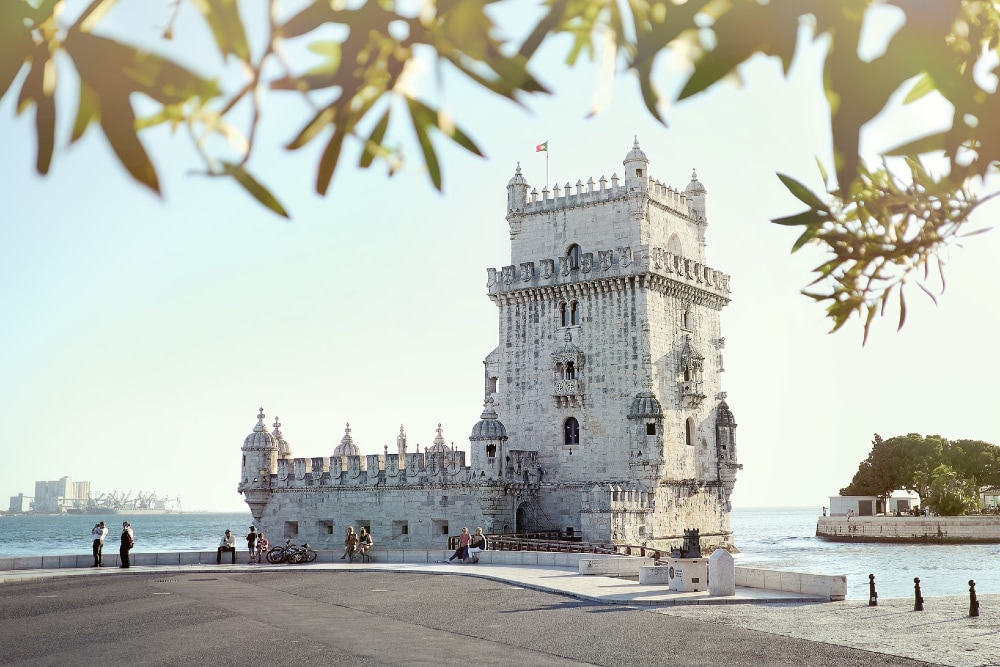


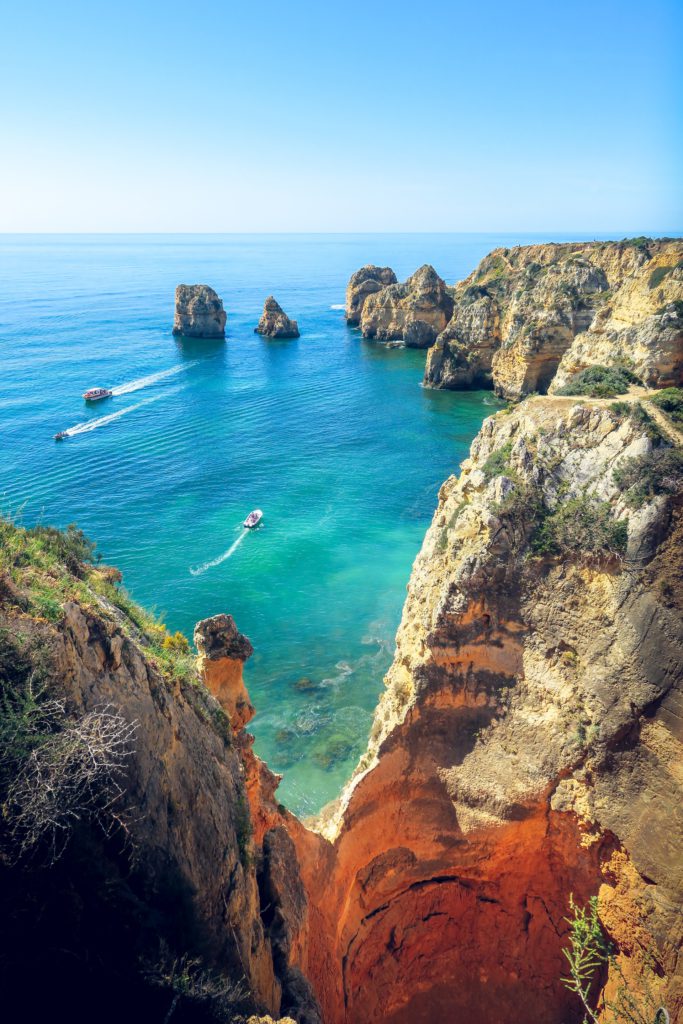
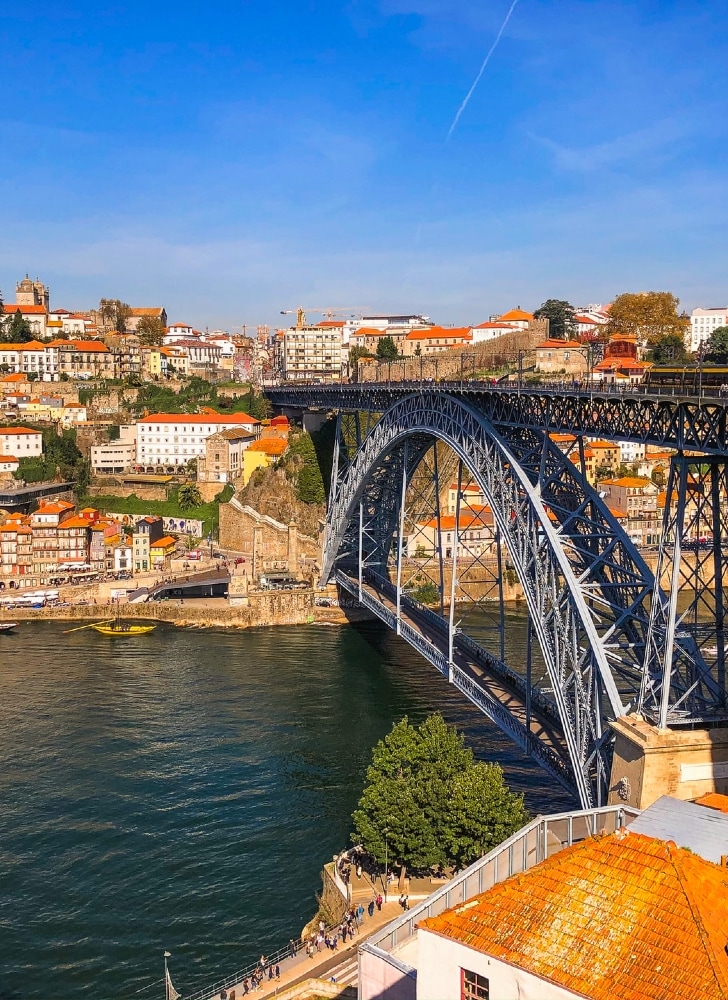

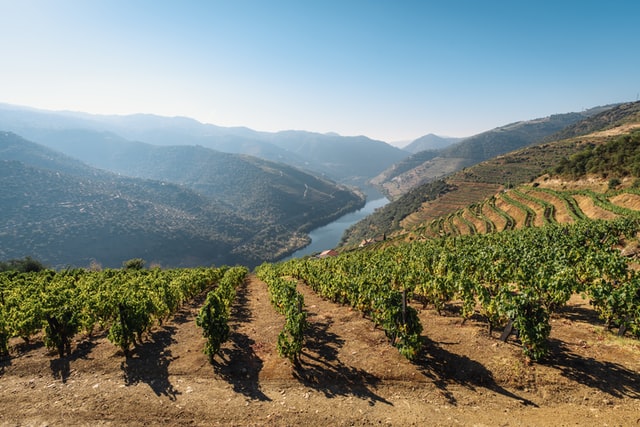

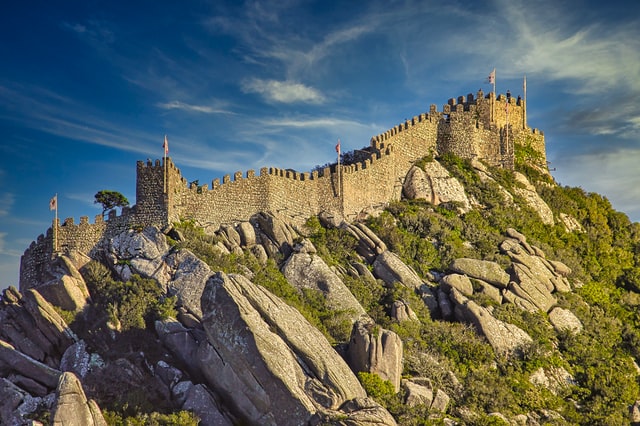
When to visit Portugal
The weather in Portugal varies across the different regions and, of course, the country also experiences the changing of seasons. Generally, the south enjoys the most amount of sunshine and the least amount of rainfall, but on the whole, all of Portugal has its fair share of clear days. Temperatures can range from a sizzling 30°C in summer to a crisp 16°C in winter in the daytime.
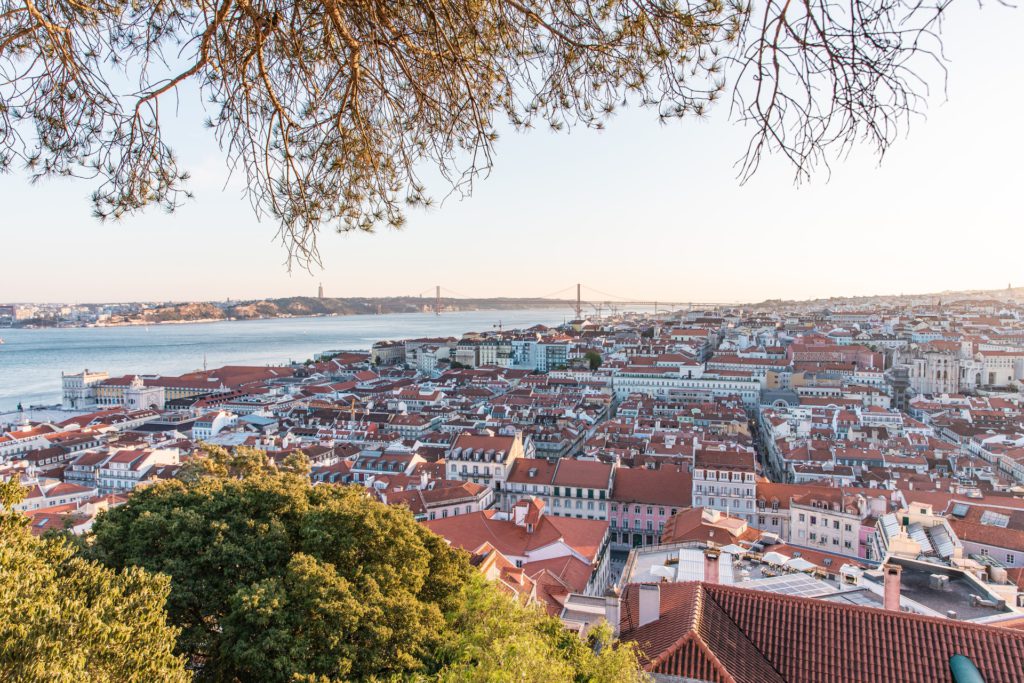
- Spring is a great time to visit Portugal. From March to May, the hills pop with colorful flowers and the weather starts to warm up. Consider hitting the beach in May before the summer crowd gets in. Expect great sunshine and temperatures around 22˚C on the Algarve coast.
- Travelers flock to the coast in the summer between June and August. This is when it gets particularly busy, but the holiday vibe ramps up spectacularly and you get to join the revelers on the beach. Keep in mind it may be too hot to tackle a lot of sightseeing or lengthy hikes — for these activities, you can head away from the coast and to more mountainous regions.
- June to August also marks the best time to head to the Azores Islands, as this guarantees conditions that are calmest and warmest, with the lowest chance for cloud and rain.
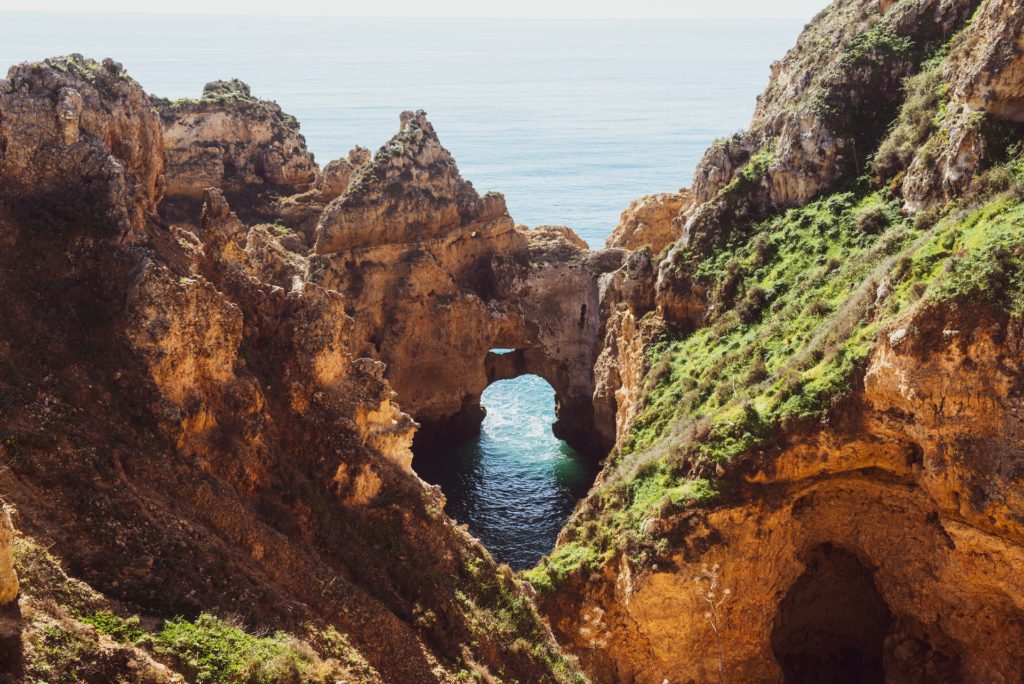
- For city visits, sightseeing, and general outdoor activities, the autumn months between September and November make a delightful period, with tamer temperatures that reach 23˚C in the Algarve region and Lisbon.
- Similarly, Porto and the north are splendid in autumn — the annual grape harvest takes place between September and October and it’s a great time to tour the Douro region’s vineyards and wine estates.
- Visiting central Portugal? The crisp sunshine during the winter months from December to February makes it an appealing time to go. Outside of central Portugal, you can still enjoy mild weather in the south, but may want to avoid the north as it gets pretty cold, especially in the mountains where snow is likely to fall.
Estimated flight prices from popular cities
Highlights of Portugal
Lisbon
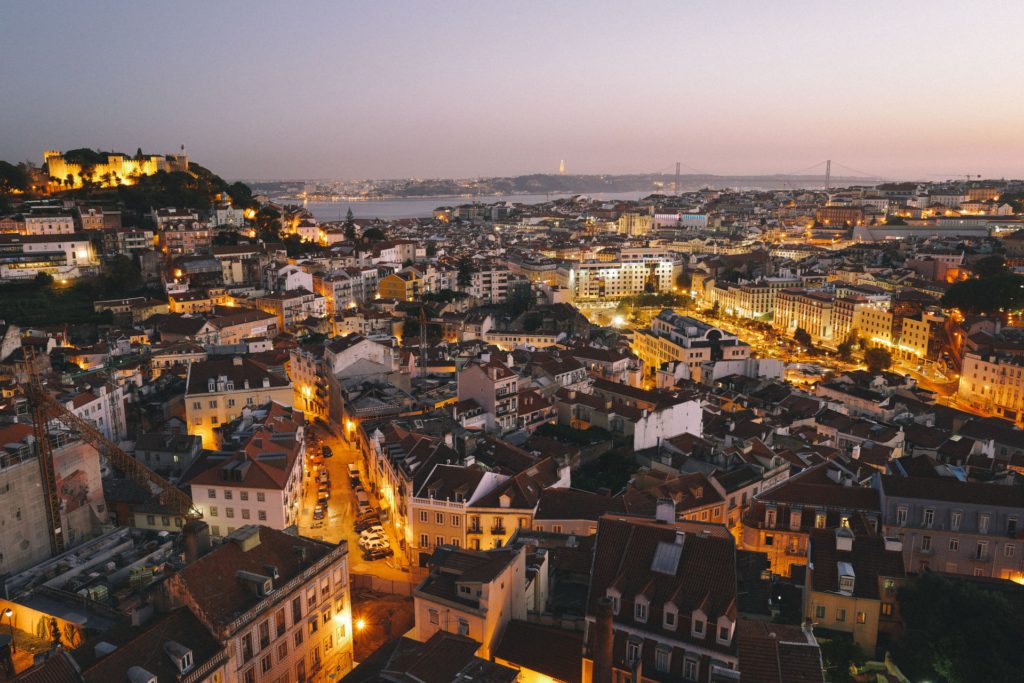
Weave your way through the atmospheric streets of Lisbon and you’ll discover why Europe’s second-oldest city exudes plenty of alluring character. Originally named Allis Ubbo by the Phoenicians, this was a city that saw many rulers, from the Romans to the Moors to European crusaders. The Great Lisbon earthquake in 1755 brought much of the city to its knees, bringing with it a tsunami and destructive fires. As a result, much of the city’s architecture can be clearly identified as being pre- or post-quake. Today, Portugal’s capital still exhibits the calling cards of its centuries-gone dynasts, from the Moorish Castelo de São Jorge to the 16th-century Baroque Church of São Roque.
There’s nothing more immersive than soaking in the city’s history through its architecture and old neighborhoods. Wander the charming labyrinth-like streets of Alfama, lined with cafes and shops selling traditional crafts, before hopping on the Route 28 tram for a wonderfully scenic journey through many of Lisbon’s historic streets. Sitting near the mouth of the River Tagus, the iconic Tower of Belém is one of the city’s most remarkable landmarks that must not be missed. And if you’re interested in a day trip out of town, venture to nearby Sintra, situated in the pine-covered hills of the Serra de Sintra, famous for being a longtime royal sanctuary.
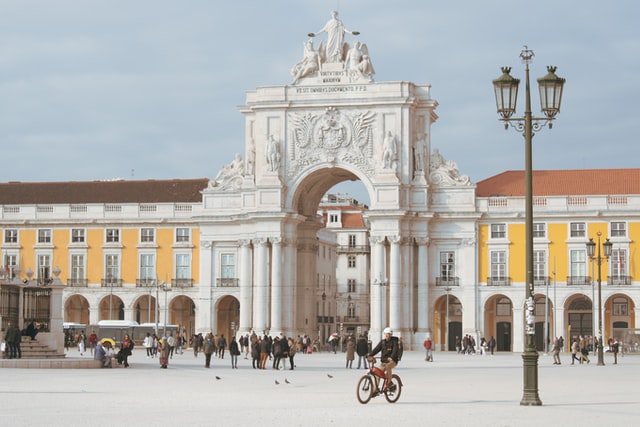
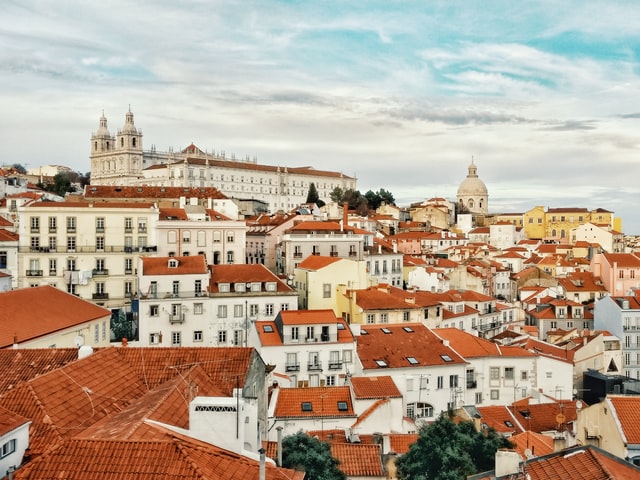
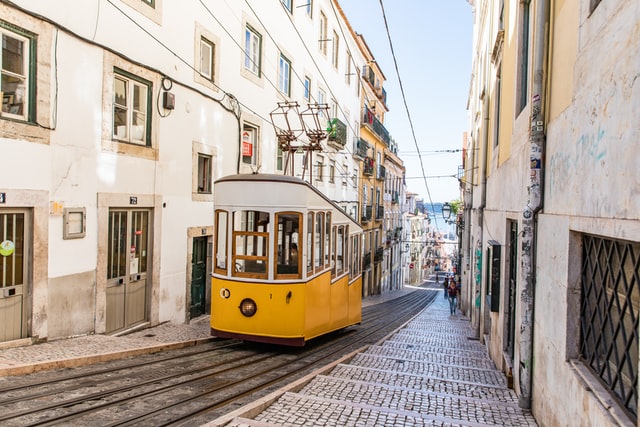
Porto
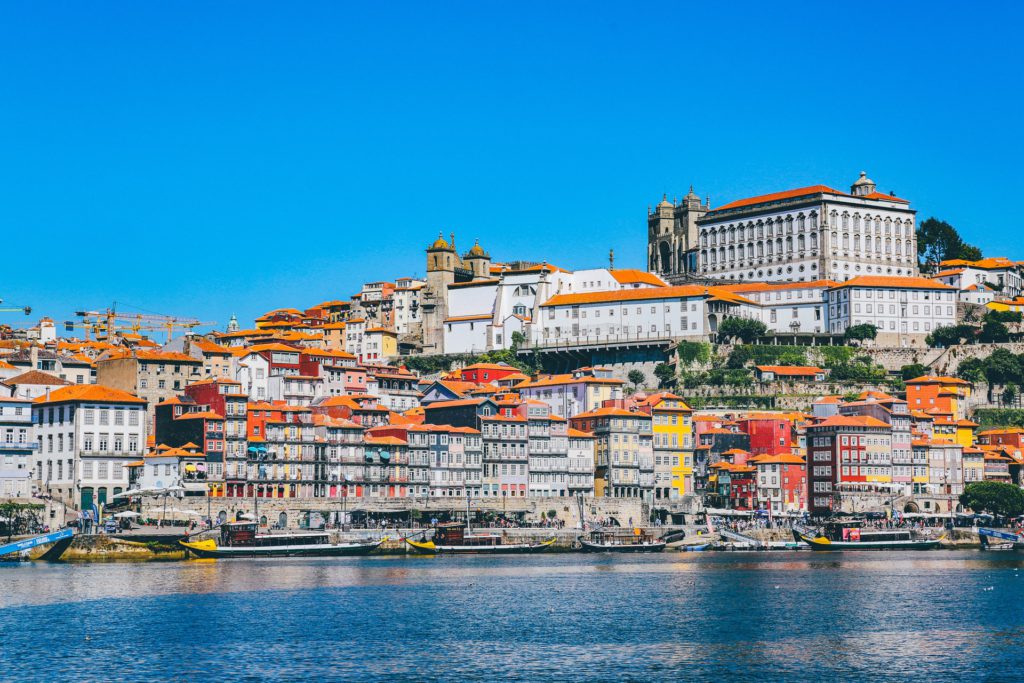
The second-largest city in Portugal is a beautiful and culturally-rich feast for the senses, famous for two very special things: the Douro River and port wine. Built on the steep riverbank, Porto forever captivates visitors with its maze of narrow cobbled streets that hide a collection of gorgeous plazas, historic churches, and colorful medieval houses. A walking tour of the city is a must — wander through the UNESCO Heritage-listed district of Ribeira to discover a district dotted with small eateries and bars dishing up classic Portuguese fare, then step into the beautiful São Bento Train Station and marvel at its captivating blue azuelo tile-adorned vestibule. For bookworms and bibliophiles, the lavish Lello Bookstore will no doubt enthrall — it is one of the oldest and most beautiful bookstores in the world, and rumored to have inspired J.K. Rowling and her Harry Potter books.
Cross the river via the dominating Dom Luis I bridge to the Vila Nova de Gaia district and discover a great number of port cellars that offer tastings and tours. For a change of scenery, escape the city on a Douro River cruise for an intoxicating view of the bustling city from the water. And, of course, if you want to venture a little further, head out to the lush Douro Valley to where the vineyards sprawl across undulating hills; it’s the perfect place to sample the delicious wines of the Alto Douro.


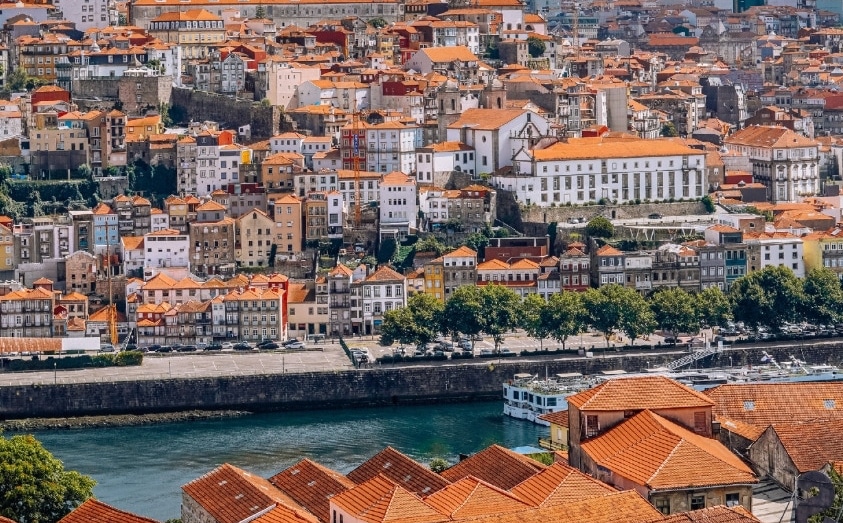
The Algarve

The Algarve encompasses the southernmost coastal area of Portugal, blessed with beautiful golden-sand beaches, incredible scenery, and spectacular vacation vibes all around. With over 200 kilometers of coastline, more than 20 resort towns, and countless small fishing villages to explore, you’ll want to spend much more than a weekend discovering the area. Each town has its own distinct character. Whether you’re a thrill-seeker looking for the best waterparks, a party-goer hunting for buzzing nightlife, or a culture enthusiast itching to step foot into historic towns with a past, the Algarve is a destination that won’t disappoint!
With great weather all throughout the region, you can easily immerse yourself in the perfect environs of Algarve’s four largest resort towns — Lagos, Albufeira, Praia da Rocha, and Vilamoura — all of which promise a smorgasbord of activities to keep you busy. Lagos is a huge favorite, having plenty of Portuguese character and offering a taste of history mixed in with its stellar beach scene, while Vilamoura takes luxury and sophistication up a notch with its exclusive marina and 5-star hotels. Albufeira is the most energetic of the resort towns, appealing to the party crowd with its own strip of bars and clubs, and also offering the charm of its historic Old Town. For a more relaxed vacation, consider one of the smaller towns like scenic Carvoeiro or laid-back Alvor.
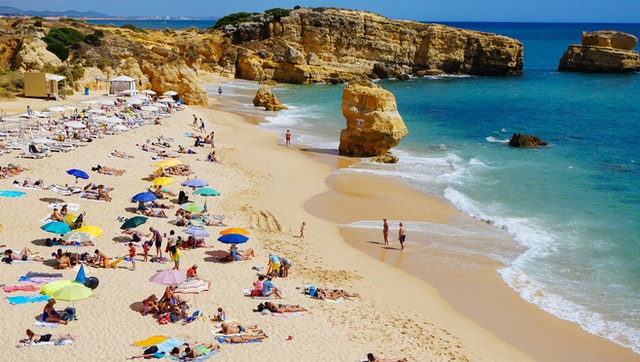
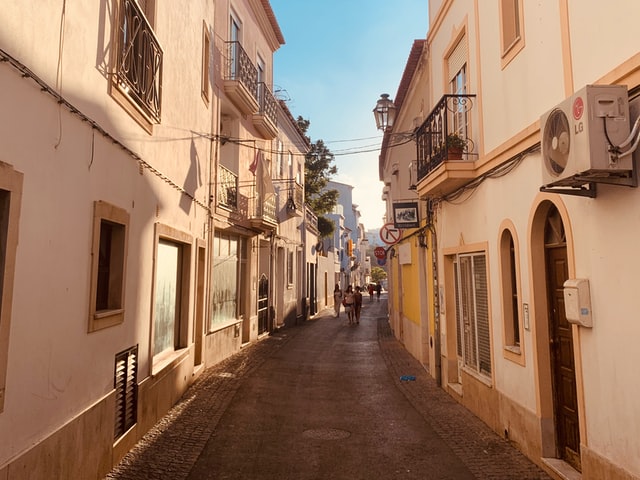
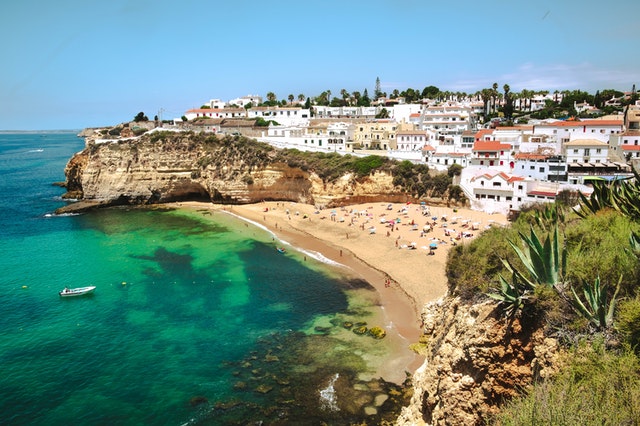
Azores Islands
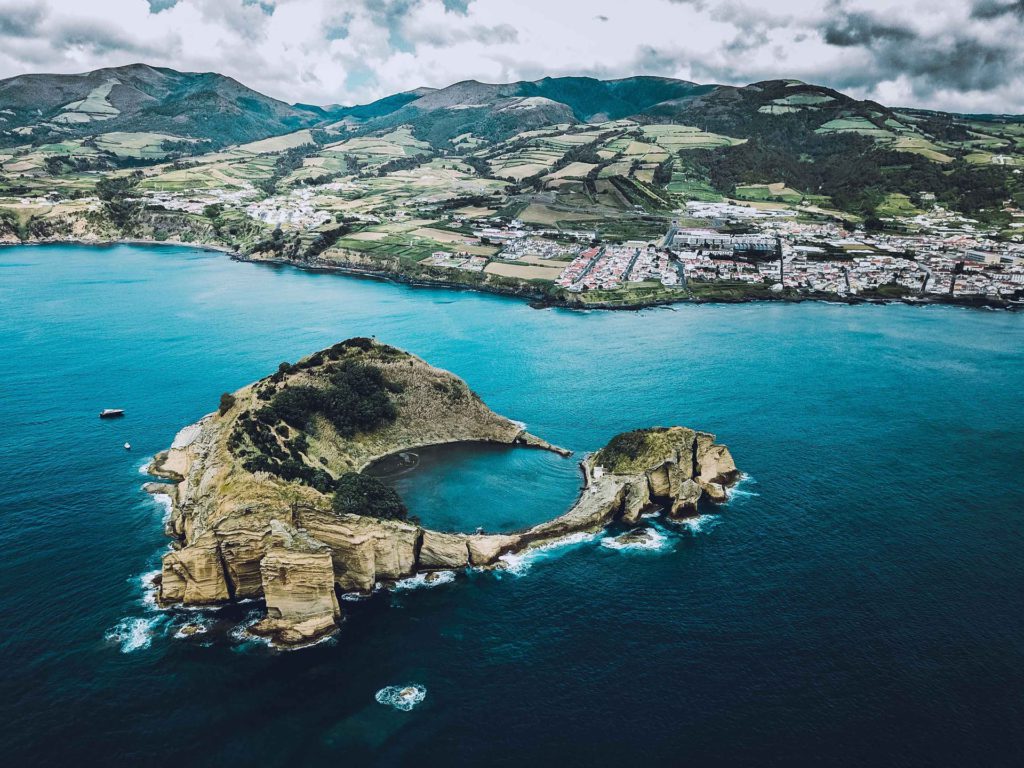
Perhaps one of the most unique bucket list destinations that offers everything a nature-lover, adventurer, and avid diver could ever dream of, the secretive Azores Islands continue to beckon and captivate. An archipelago of nine major islands surrounded by the blue immensity of the Atlantic Ocean, roughly 1,600 kilometers west of Portugal’s mainland, the Azores is characterized by dramatic landscapes, beautiful hydrangea blooms, green pastures, and rich waters rife with incredible marine creatures. Sitting on the nexus of three tectonic plates, this is a world made lush and fertile by volcanic soil and thermal springs. Here, you’ll find one of the best diving locations in the Atlantic teeming with an incredible kaleidoscope of aquatic life, from majestic mobula rays to fearsome pelagic sharks. The Azores is also one of the world’s best destinations to go whale and dolphin watching, with 28 different cetacean species frequenting the region.
If island hopping is on the itinerary, be sure to set foot on the largest island, São Miguel, home to caldera lakes, epic volcanic scenery, and the oldest tea plantation in Europe, the Gorreana Tea Plantation. Pico is home to the highest mountain in Portugal, standing at 2,351 meters above sea level, and the island is iconic for its black volcanic soil, upon which UNESCO Heritage-listed historical vineyards sit. Southernmost Santa Maria seduces with beaches of inviting white sand and the sunniest weather of all the islands in the archipelago. Whichever island you choose to visit, you are bound to unearth some of the planet’s most delightful natural gems.
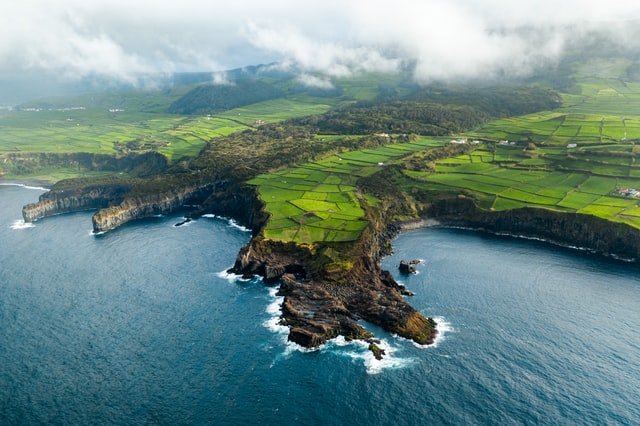

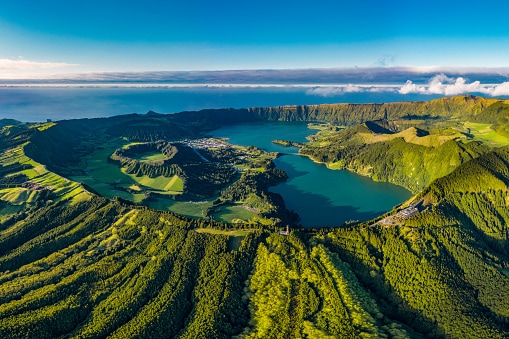
Madeira Islands
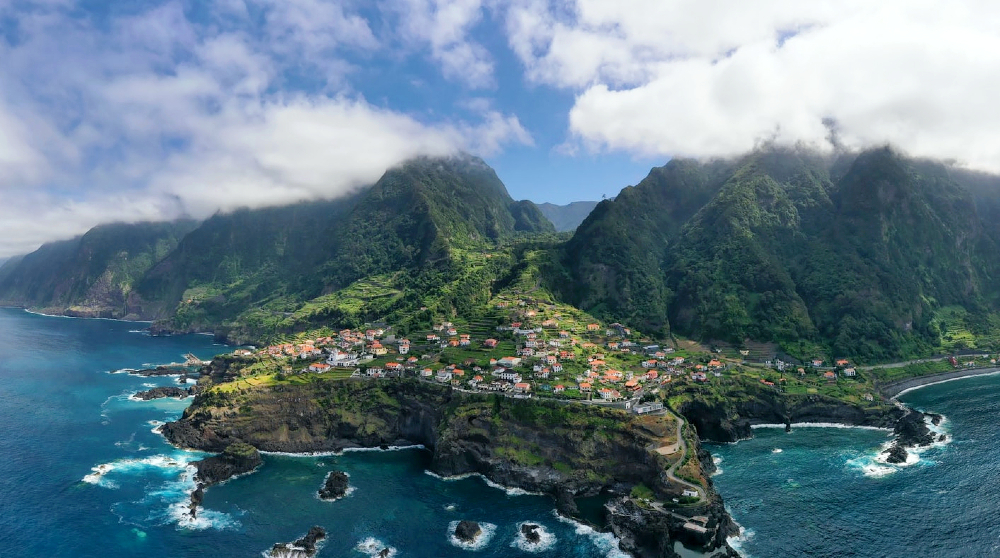
A stunning archipelago crafted by Mother Nature sitting 1,000 kilometers off the European mainland between Morocco and Portugal, the Madeira Islands have long been a hidden traveler’s paradise. They have consistently been crowned the World’s Best Island Destination by the World Travel Awards, with six consecutive wins between 2015 and 2020. It’s not hard to see why. Known for its namesake wine, delightful subtropical climate, and glorious landscapes, you’ll find the Madeira Islands studded with unique hiking trails that snake along stone irrigation channels, natural pools forged from lava rocks, rugged cliffs rising out of the ocean, and charming beaches to spend your afternoons.
The two main inhabited islands are the eponymous Madeira and Porto Santo. Nestled in the south of Madeira you’ll find the capital Funchal, known for its harbor and tightly-packed town that includes a historic area showcasing old Portuguese colonial buildings, including the 16th-century Gothic Funchal Cathedral and the 17th-century Mannerist-style Church of Saint John the Evangelist. There is also a cable car that allows you to soak up the views of the ocean and terraced mountainsides. If you’re up for a challenge, Madeira’s many hiking trails offer a great introduction to the island’s stunning topography; the most impressive and famous is the 7.4-kilometer Pico do Arieiro hike, which connects the two highest peaks on the island: Pico do Arieiro and Pico Ruivo, both surpassing a height of 1,800 meters. The hike is well worth the effort for its superb mountain views and cloudscapes. Of course, you can also pick from the rest of the generous list — there are over 450 different trails scattered throughout the island!

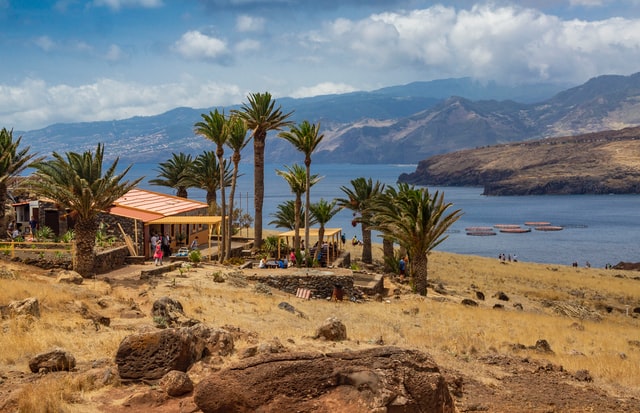

With so many things to see and do, Portugal inspires every avid traveler to make the journey. Come with us. Join a TourHero to explore Portugal with other avid travelers!
About TourHero
TourHero is a social travel platform that enables you to travel with like-minded people and fall in love with the journey. We work closely with handpicked local operators to ensure every experience curated is unique and exclusive to your travel group. Join an epic adventure with like-minded travelers to create memories that last a lifetime.